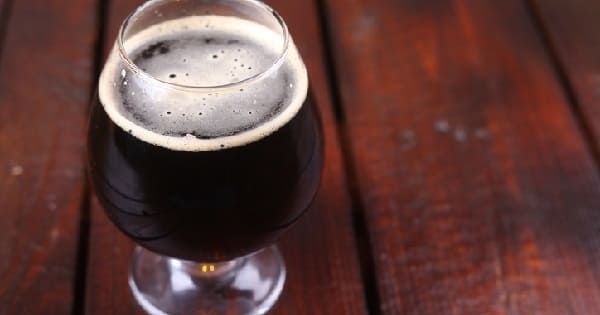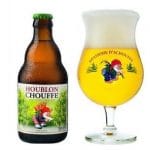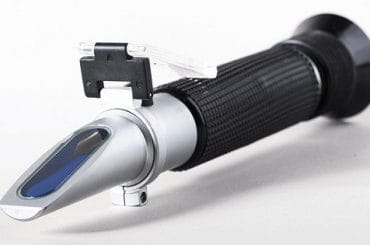This post is also available in:
Español
Português
Popularized in the 20th century, the Snifter glass—also known as a “balloon glass”—is primarily used for serving aged and aromatic spirits such as brandy, cognac, and whisky.

Its name derives from the English verb “to sniff,” referring directly to its ability to capture and direct aromas toward the nose—a term originally used colloquially in England to describe a small, refined sip of alcohol.
The origins of the snifter glass trace back to brandy glasses used during the 18th century in France, gradually refined by European glassmakers to capture and concentrate the complex aromas developed during prolonged barrel aging.
Contenido
Features of the Snifter Glass
It features a characteristic wide, rounded base designed to enhance heat transfer from the hand and achieve an optimal serving temperature.
Unlike other glasses that insulate the contents from body heat, the Snifter is meant to be held by the base or bowl specifically to take advantage of this temperature transfer.
For spirits like cognac, typically served between 20-22°C (68 to 71.6°F), this slight temperature increase allows volatile aromatic compounds—such as esters (fruity notes), aldehydes (almond aromas), and higher alcohols (warmth and complexity)—to release gradually without being overwhelming.
The controlled warming also helps soften the harsher alcohol notes, making tertiary aromas (like vanilla, leather, tobacco, or wood) more perceptible.
With a generous interior volume, it provides ample space for comfortable swirling, increasing the liquid’s contact with oxygen and activating the release of aromatic compounds.
The upper section, however, tapers inward to capture and intensify aromas, concentrating them at the top of the bowl for better olfactory perception—creating a “chimney effect” that directs aromatic compounds straight toward the nose.
These qualities make the snifter glass an ideal sensory tool, not just for tasting but also for analysis during professional tastings.
Snifter Glass for Beer Tasting
Beyond the world of spirits, the snifter glass has earned a privileged place in contemporary beer culture, especially for styles requiring aromatic appreciation.
These same attributes have made the Snifter the preferred glass for certain beer styles, particularly those with more complex aromas, aged beers, and those with an ABV of 8% or higher, such as Imperial Stout, Barleywine, and Double IPA, where it also aids in foam retention.
For these beers—with intense sensory profiles that may include roasted coffee, chocolate, stone fruit, warming alcohol, or mixed fermentations—the Snifter glass allows drinkers to perceive successive layers of released aromas, thanks to its dual ability to oxygenate and concentrate aromas.
Additionally, its rounded shape and narrow neck help maintain a persistent foam head, contributing to both presentation and flavor perception.
Typically, its capacity ranges from 180-240 ml (6-8 oz), though beer-specific versions may hold up to 350 ml, as they’re not meant to be filled completely.
Its short stem and low center of gravity provide stability, even when swirled, while the shape minimizes excessive oxidation, preserving the liquid’s integrity during consumption.
Suggested beer styles
- Russian Imperial Stout
- Strong Ale
- Old Ale
- English Barleywine
- Imperial or Double IPA
- American Barleywine
- Belgian Strong Dark Ale
- Doppelbock
No se encontraron productos.
Recommended
- How to Train 25 Professional Beer Descriptors Using Common Ingredients
- Best Jägermeister Cocktail Recipes: Ingredients and Step-by-Step Guide







